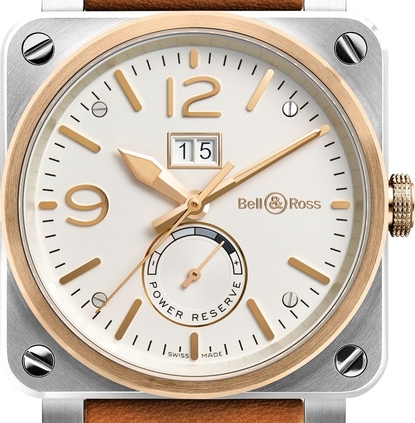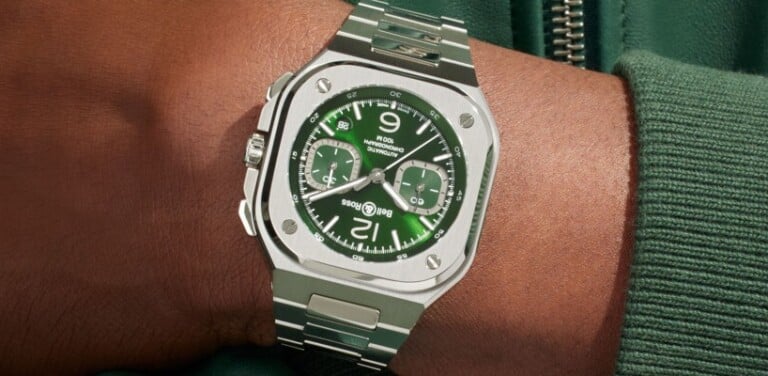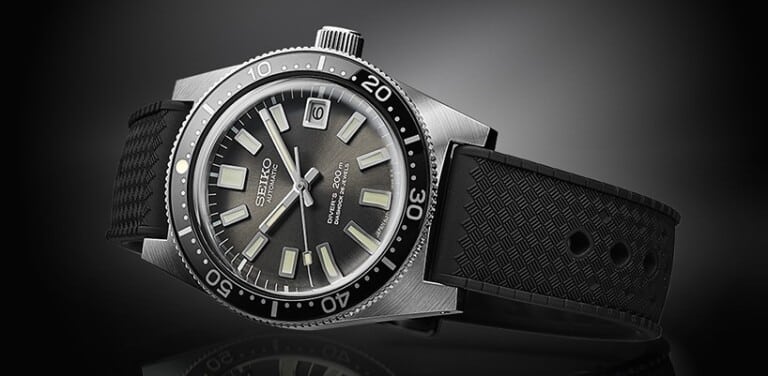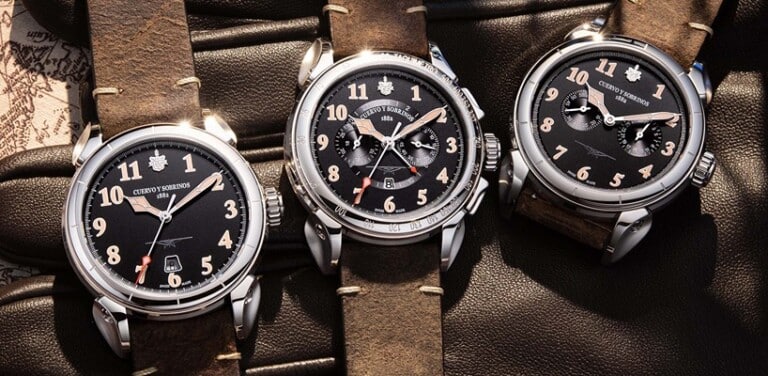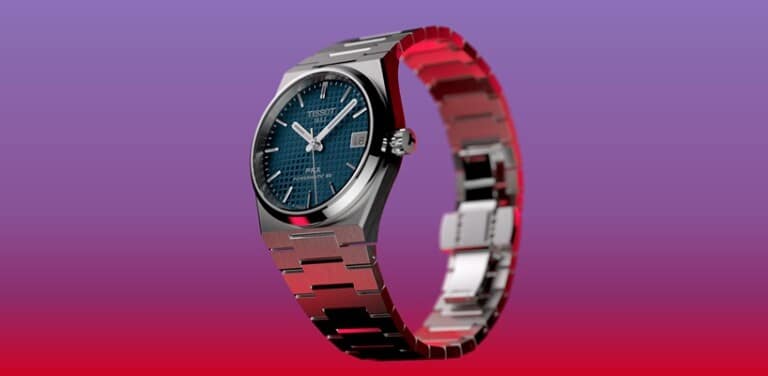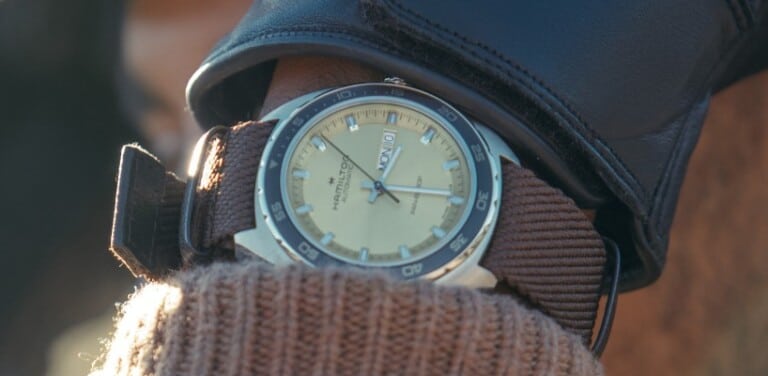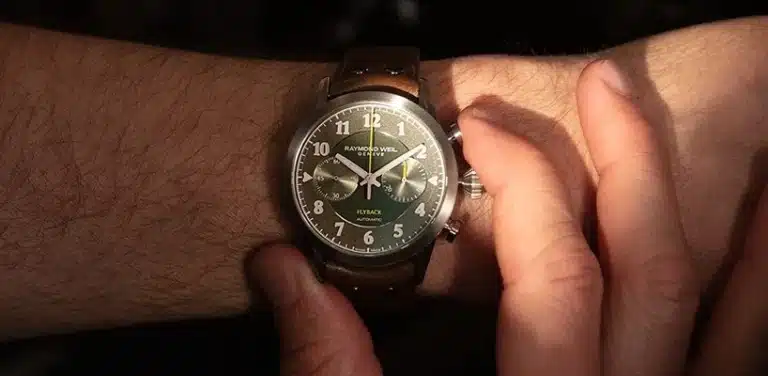What is a watch power reserve?
A power reserve indicator can be one of the most essential functions to have on a watch aside from the standard time-telling hands. It usefully displays how much power you have left in your watch before it needs winding again.
Most watch power reserves are displayed through a small subsidiary dial like that of a car fuel gauge. They sometimes have a meter to display the hours or days of power and then a hand to point to your current power reserve.
If you own an automatic mechanical watch and like to take it off your wrist for a few days at a time, a power reserve indicator is extremely useful for knowing when you need to start wearing your watch again.
For hand-wound mechanical watches, a power reserve indicator is even more essential since it allows you to see when you need to manually wind your watch again. Since most watches have a power reserve of around 38-40 hours with some going up to an incredible 240 hours, it is easy to lose track of when you last wound your watch. Thankfully, with a power reserve feature, the indicator does all the guessing work for you.
How does a watch power reserve work?
Before we can understand how a watch power reserve works, we need to understand how a mechanical watch is powered.
A mechanical movement is powered by a combination of tiny, intricate components and the sole and most important provider of power is something called a mainspring. For the watch to start ticking, the mainspring must be wound up to then transfer the energy through a series of gear components including a balance wheel and an escapement, regulating a release of energy to power the watch.
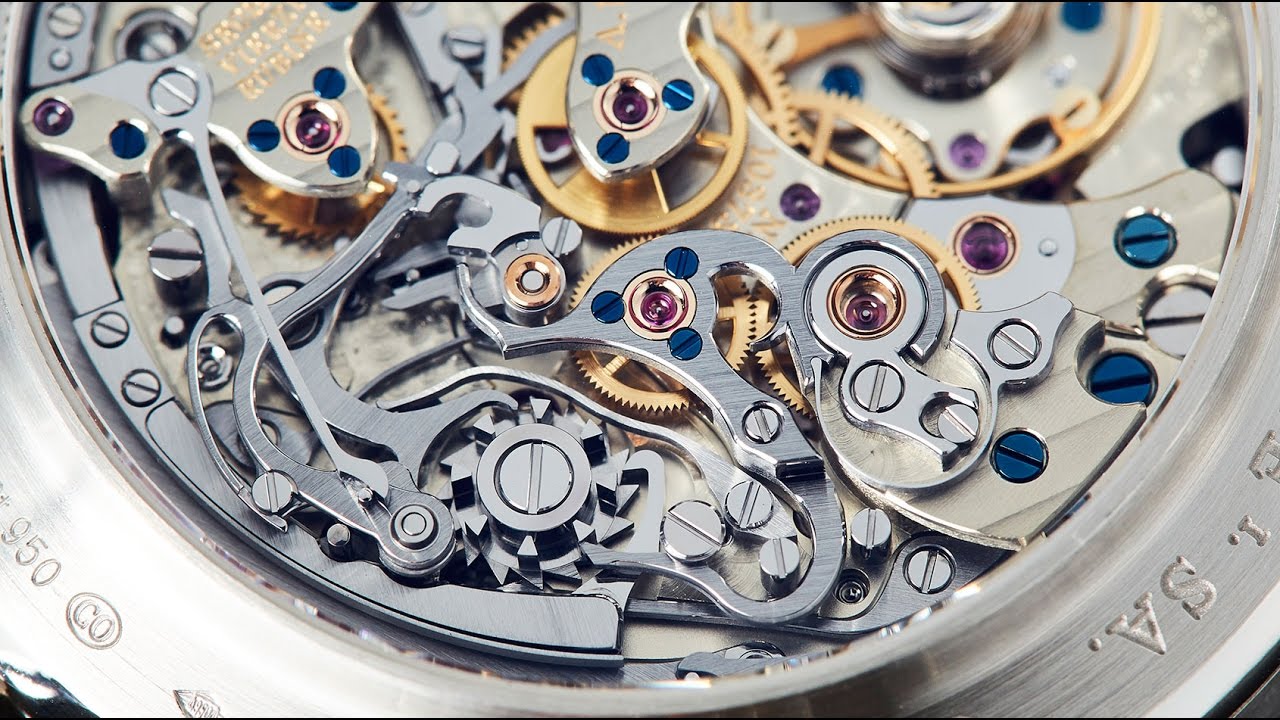
In automatic mechanical watches, the mainspring is powered through the motions of your wrist. As you move, energy is created by an oscillating rotor which spins around and thus winds the mainspring. In manual-winding mechanical watches, the mainspring is usually wound by turning the crown. Once the mainspring is fully wound and becomes tightly coiled, the watch has reached peak power can’t be wound any further.
So now we understand how a watch gains its power, we can easily understand how the power is displayed through an indicator. Once the mainspring is fully wound and released, it slowly begins to unravel inside and powers the functions on the watch. Over time, the mainspring continues to uncoil and how much tension remains within the spring is then displayed on the power reserve indicator.
You can find a fantastic collection of watches with power reserve indicators here.
